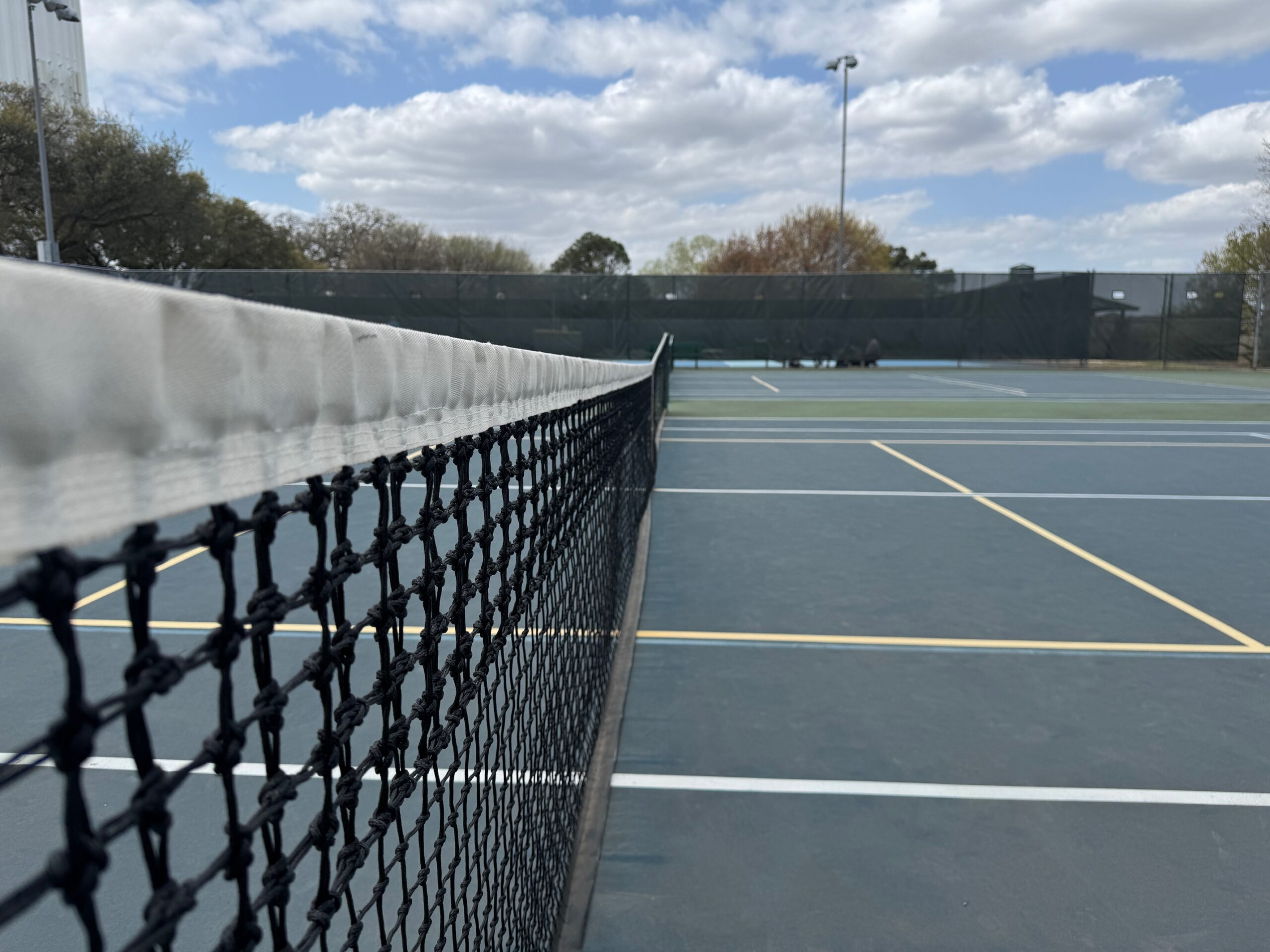In May of 2021, I reviewed the classic tennis instructional book “The Game of Doubles in Tennis” by William F. Talbert and Bruce S Old. That post is a testament to the fact that my writing has marginally improved in the intervening time. The doubles book was a follow-up to an earlier book that the two men had previously written together on the game of singles. I recently ran across a reasonably priced used copy of that book, so now I can belatedly complete my review on the full set.
The stated purpose of writing The Game of Singles in Tennis was to offer a comprehensive yet accessible guide to mastering the fundamentals of singles play. The authors noted that while many prior books focused on specific aspects of the game, such as stroke production or isolated phases of play, theirs was the first truly exhaustive resource covering the full breadth of what it takes to excel in singles competition. Consequently, this book is an examination of the comprehensive techniques and strategies required to play singles well.
The Game of Singles in Tennis reflects the author’s belief that players of all skill levels can benefit from understanding the deeper principles of the sport. This book comes off as a call to action for players to focus on the right shots at the right moments to maximize their unique talents and styles of play. It includes a variety of detailed illustrations and diagrams to clarify tactical stroke production, court positioning, and the ball’s movement during actual match scenarios. These visual aids help readers better understand the dynamics of singles points and how to apply this knowledge to their own specific playing characteristics.
The opening chapter of this book builds a compelling case for tennis as the greatest of all individual sports. The authors highlight the game’s global popularity and the international competition it delivers. They argue that tennis uniquely demands a rare combination of attributes including technical skill, speed, strategic thinking, physical stamina, mental courage, and an enduring commitment to sportsmanship. While other sports share many of those characteristics, tennis is in an enviable position of strength across all those areas.
The book contains a full chapter titled “The Game” which is a rough treatise on strategy and stroke production. Subsequent sections concentrate on the Serve, the Return, Net Play, and Baseline Play. There is also a chapter on the great players of the game, at least up to the time this book was released.
When this book was originally published in the 1960s, the golden age of Australian tennis was in full swing, with legends like Rod Laver and Ken Rosewall dominating the international stage. In contrast, the United States was struggling to produce top-tier talent, and there was growing concern about the future of American tennis. As a result, one of the stated goals of this book was to help reignite the development pipeline in the U.S. While the book was clearly aimed at bolstering American tennis, it remains accessible and valuable to anyone with an interest in the sport, regardless of nationality.
Readers should be aware that this book contains some dated references. For example, it extolls the virtues of the Eastern grip that has fallen out of favor. On the other hand, it also contains some great vintage photos of wooden racquets and is a time capsule of racquet technology at the time.
Though dated in some ways, The Game of Singles in Tennis remains a valuable resource for players who want to better understand strategy and fundamentals. It offers a clear, thoughtful approach to singles play that still holds up today. For anyone interested in the history of the game or looking to sharpen their tactical thinking, this classic is well worth the money… if you can find a copy.

The Game of Singles in Tennis (<- Sponsored Link)
Fiend At Court participates in the Amazon associates program and receives a paid commission on any purchases made via the links in this article. Details on the disposition of proceeds are available on the “About Fiend at Court” page.



